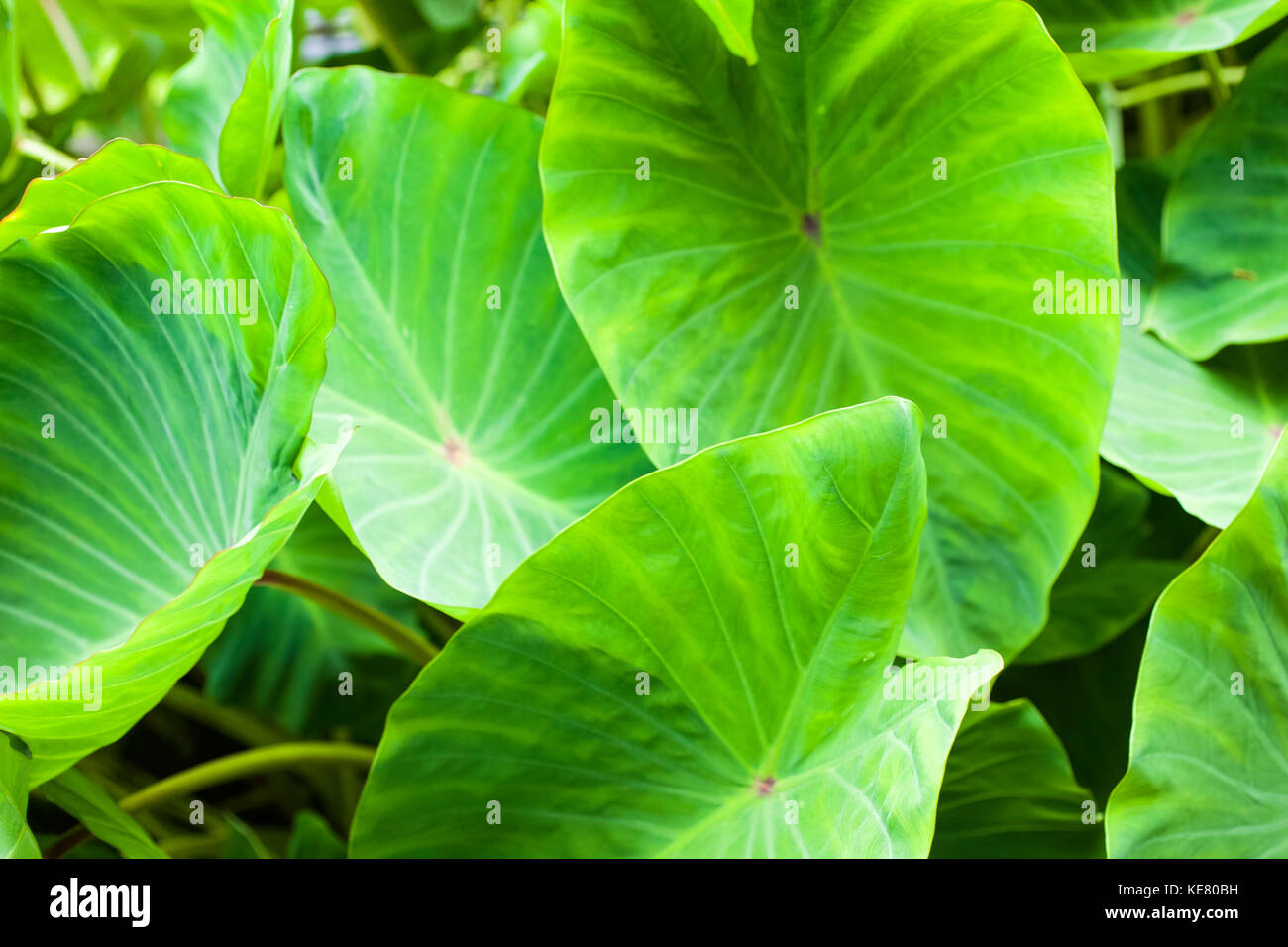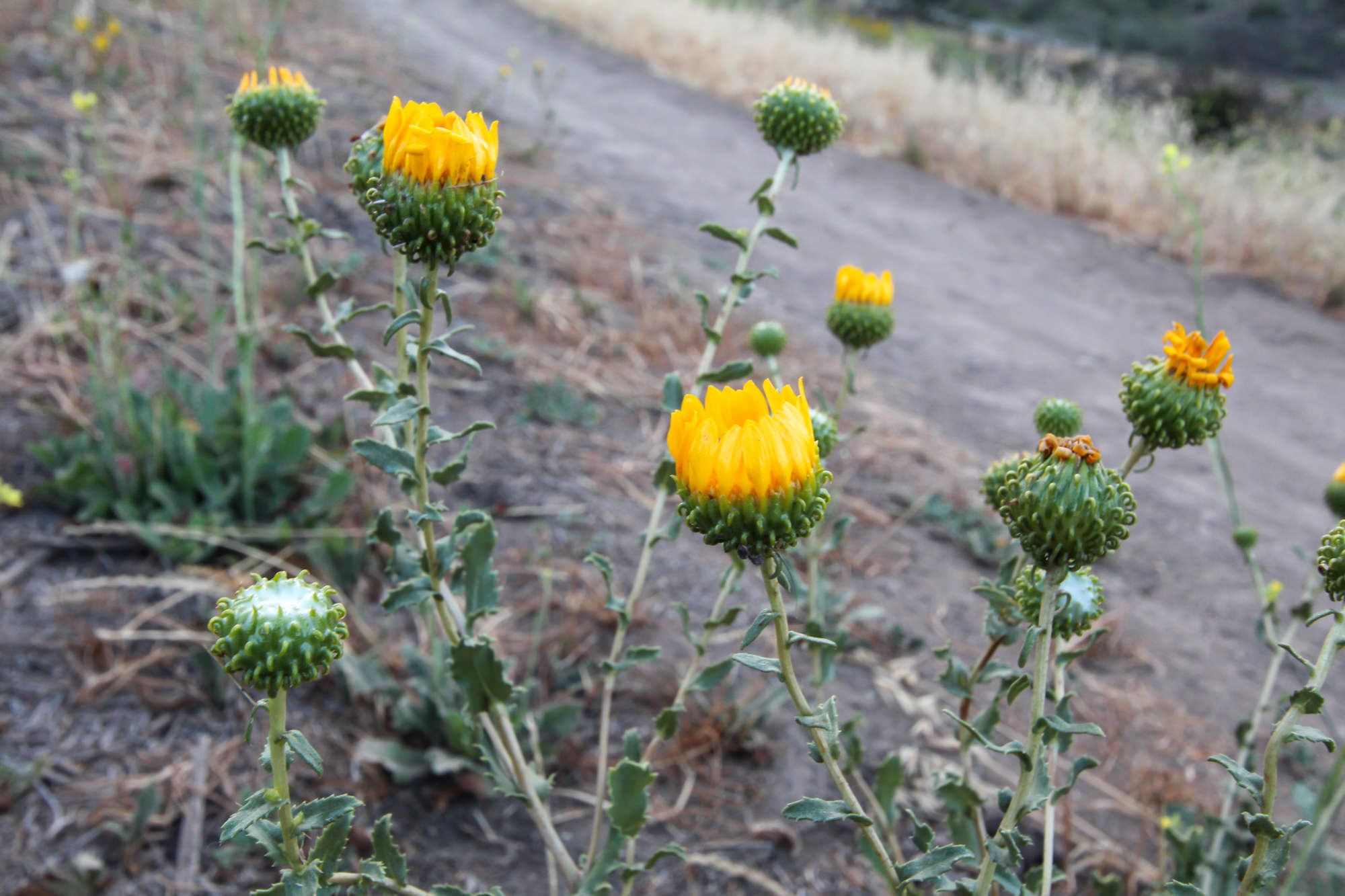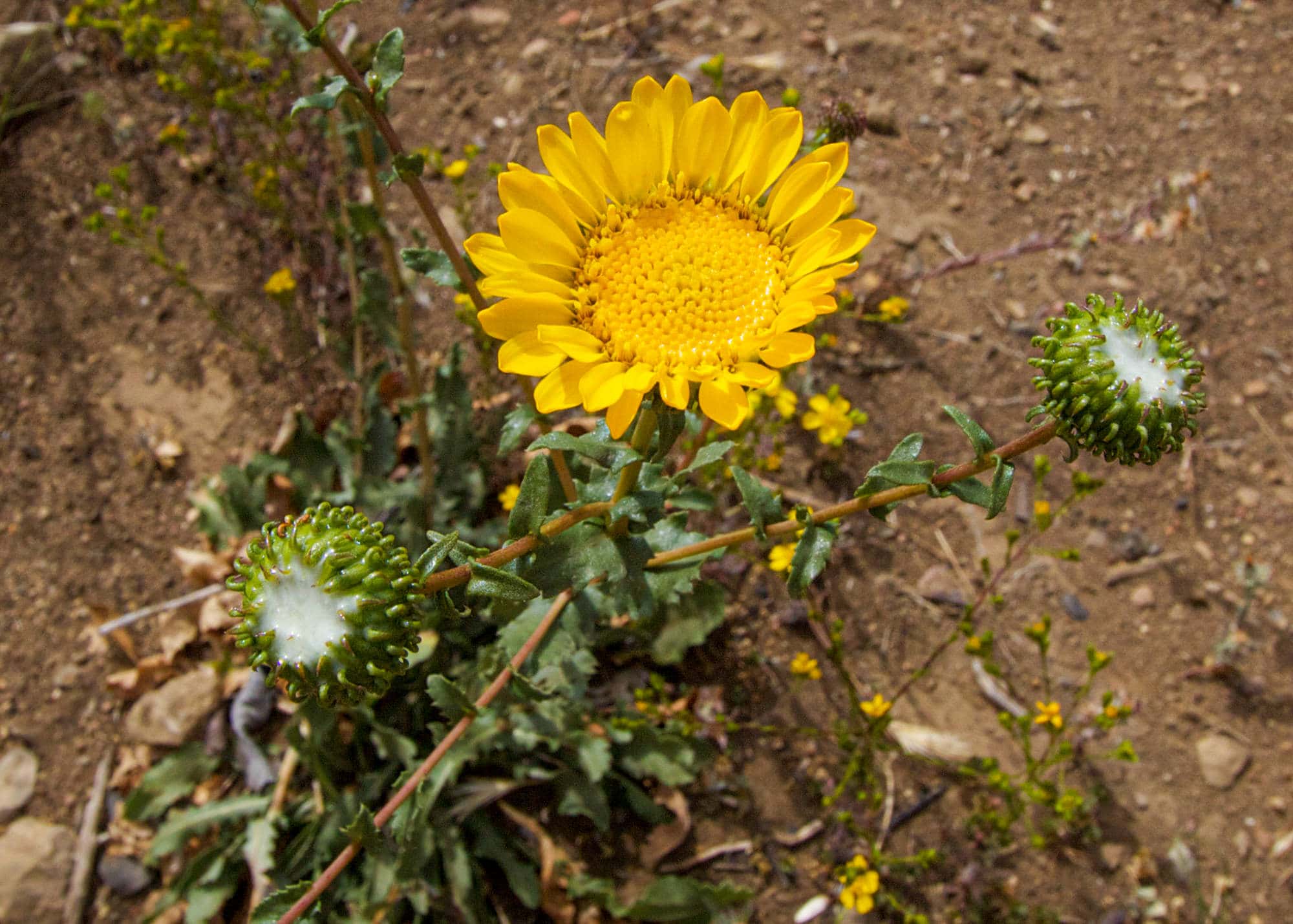Broad leaved gum plant – Embark on a captivating journey into the realm of the broad-leaved gum plant, a botanical treasure that has captivated healers and nature enthusiasts for centuries. Its medicinal properties, intriguing physical characteristics, and diverse applications make it a fascinating subject worthy of exploration.
This remarkable plant, scientifically classified as Grindelia squarrosa, boasts a unique appearance with its sturdy stems, vibrant yellow flowers, and distinctive gum-like resin. Its natural habitat spans across North America, where it thrives in prairies, meadows, and along roadsides.
Botanical Overview: Broad Leaved Gum Plant

The broad-leaved gum plant (Grindelia squarrosa) is a species of flowering plant in the family Asteraceae. It is native to western North America, where it is found in dry, open habitats such as prairies, grasslands, and deserts.
The broad-leaved gum plant is a perennial herb that typically grows to a height of 1-2 feet. It has a stout, woody stem with multiple branches. The leaves are alternate, simple, and lance-shaped with serrated margins. The flowers are yellow and arranged in heads at the ends of the branches. The fruit is a small, dry achene.
Habitat and Geographical Distribution
The broad-leaved gum plant is found in a variety of habitats, including prairies, grasslands, deserts, and disturbed areas. It is most common in dry, open areas with well-drained soils. The plant is native to western North America and is found from Canada to Mexico.
Medicinal Properties

The broad-leaved gum plant possesses a rich history of traditional medicinal uses among Native American tribes. Its active compounds, including flavonoids, saponins, and tannins, have demonstrated potential health benefits in modern research.
Traditional Uses
Native American tribes traditionally employed the broad-leaved gum plant to treat a wide range of ailments, including:
- Respiratory conditions: Cough, sore throat, and asthma
- Digestive issues: Stomach pain, diarrhea, and constipation
- Skin conditions: Wounds, burns, and rashes
- Pain relief: Headaches, toothaches, and muscle aches
Modern Medicinal Uses
Scientific studies have investigated the potential health benefits of the broad-leaved gum plant, focusing on its anti-inflammatory, antimicrobial, and antioxidant properties:
- Anti-inflammatory: Flavonoids in the plant exhibit anti-inflammatory effects, potentially beneficial for conditions like arthritis and inflammatory bowel disease.
- Antimicrobial: The plant’s saponins have shown antimicrobial activity against bacteria and fungi, suggesting potential use in treating infections.
- Antioxidant: The plant’s tannins act as antioxidants, protecting cells from damage caused by free radicals.
Clinical Studies
Several clinical studies have explored the medicinal properties of the broad-leaved gum plant:
- One study found that a standardized extract of the plant significantly reduced inflammation in patients with osteoarthritis.
- Another study demonstrated the antimicrobial activity of the plant’s saponins against various bacterial strains, including those responsible for acne and urinary tract infections.
- In vitro studies have shown that the plant’s antioxidants protect cells from oxidative damage, suggesting potential benefits for conditions related to aging and neurodegenerative diseases.
Cultivation and Applications

The broad-leaved gum plant is a relatively easy plant to cultivate, making it a popular choice for gardeners and landscapers alike. It prefers well-drained soil and full sun to partial shade. The plant is drought-tolerant and can withstand periods of neglect, but it will perform best if watered regularly.
There are several methods for propagating the broad-leaved gum plant. Seeds can be sown directly in the garden in the spring or fall. Cuttings can also be taken from mature plants and rooted in water or moist soil. The plant can also be divided in the spring or fall.
Uses in Landscaping and Gardening
The broad-leaved gum plant is a versatile plant that can be used in a variety of landscaping and gardening applications. It is often used as a groundcover or border plant. The plant can also be used in containers or hanging baskets.
The broad-leaved gum plant is a popular choice for butterfly gardens. The flowers attract a variety of butterflies, including monarchs, swallowtails, and skippers.
Uses in Traditional Crafts
The broad-leaved gum plant has a long history of use in traditional crafts. The leaves of the plant can be used to make a natural dye. The roots of the plant can be used to make a glue. The stems of the plant can be used to make baskets and other woven goods.
Varieties of Broad-leaved Gum Plant, Broad leaved gum plant
There are several varieties of broad-leaved gum plant, each with its own unique characteristics.
| Variety | Description |
|---|---|
| Grindelia camporum | A low-growing variety with small, yellow flowers. |
| Grindelia hirsutula | A taller variety with larger, white flowers. |
| Grindelia squarrosa | A bushy variety with sticky leaves and yellow flowers. |